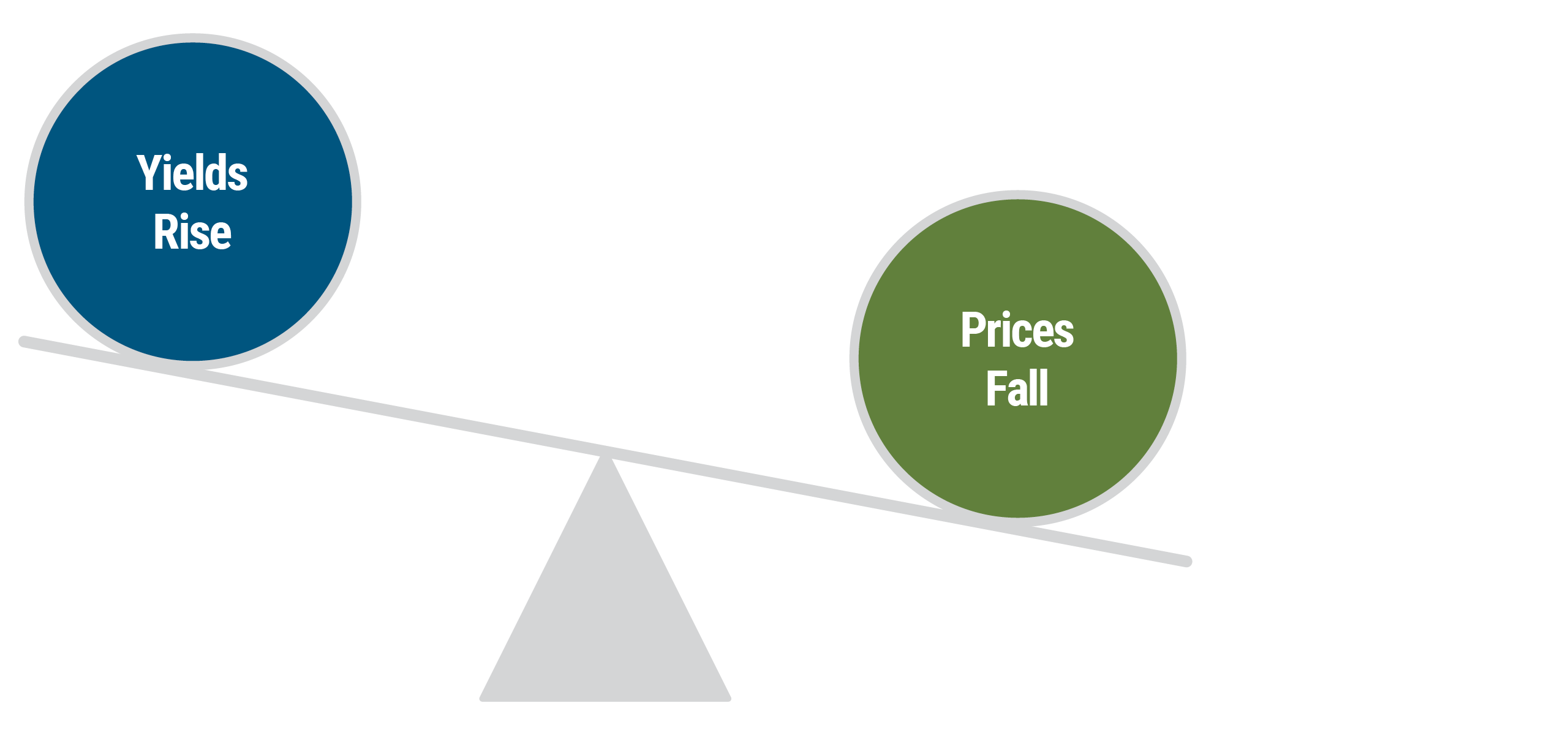What you will learn
- How interest rates are determined
- The difference between short-term and long-term rates
- Why interest rates affect bonds
- Why rising rates aren’t always bad for bonds
What determines interest rates?
Interest rates reflect the cost of borrowing money, and are a critical part of our economic system. At their most basic level, interest rates enable the lending and saving of money, which we need for our economy to function.
In many developed countries, there is a benchmark interest rate – sometimes called a base rate or policy rate – which is the rate at which the country’s central bank lends to other banks. The central bank raises and lowers this rate in response to economic conditions.
If the economy is growing quickly or inflation is too high, the central bank may increase interest rates. In turn, this often prompts retail banks to raise the rates at which they lend, pushing up the cost of borrowing. Banks may also raise their deposit rates, which makes savings more attractive.
On the other hand, if the economy is slowing, the central bank may reduce the base rate. In turn, retail banks may lower their rates, making it more attractive to borrow and spend money but less attractive to save it.
What’s the difference between short-term and long-term rates?
While central banks are responsible for setting a country’s short-term interest rates, they do not control long-term interest rates.
Instead, market forces of supply and demand determine long-term bond pricing, influencing the direction of long-term interest rates.
For example, if market participants believe a central bank has set interest rates too low, they may worry about a potential increase in inflation. To compensate for this risk, issuers of long-dated bonds will tend to offer higher interest rates. This may cause the yield curve, which reflects the relationship between long- and short-term bonds, to steepen.
Why do interest rates affect bonds?
Bond prices have an inverse relationship with interest rates. This means that when interest rates go up, bond prices go down and when interest rates go down, bond prices go up.
The reason: The price of a bond reflects the value of the income it delivers through its coupon (interest) payments. If prevailing interest rates (notably rates on government bonds) are falling, older bonds that offer higher interest rates become more valuable. The investor who holds these bonds can charge a premium to sell them in the secondary market.
Alternatively, if prevailing interest rates are increasing, older bonds become less valuable because their coupon payments are now lower than those of new bonds being offered in the market. The price of these older bonds drops and they are described as trading at a discount.
The risk posed by changing interest rates is called interest rate risk.
Are rising rates always bad for bonds?
In the short run, rising interest rates may negatively affect the value of a bond portfolio.
However, over the long run, rising interest rates can actually increase a bond portfolio’s overall return. This is because money from maturing bonds can be reinvested into new bonds with higher yields.
Download 5 Things You Need to Know About: Rates for more information.


